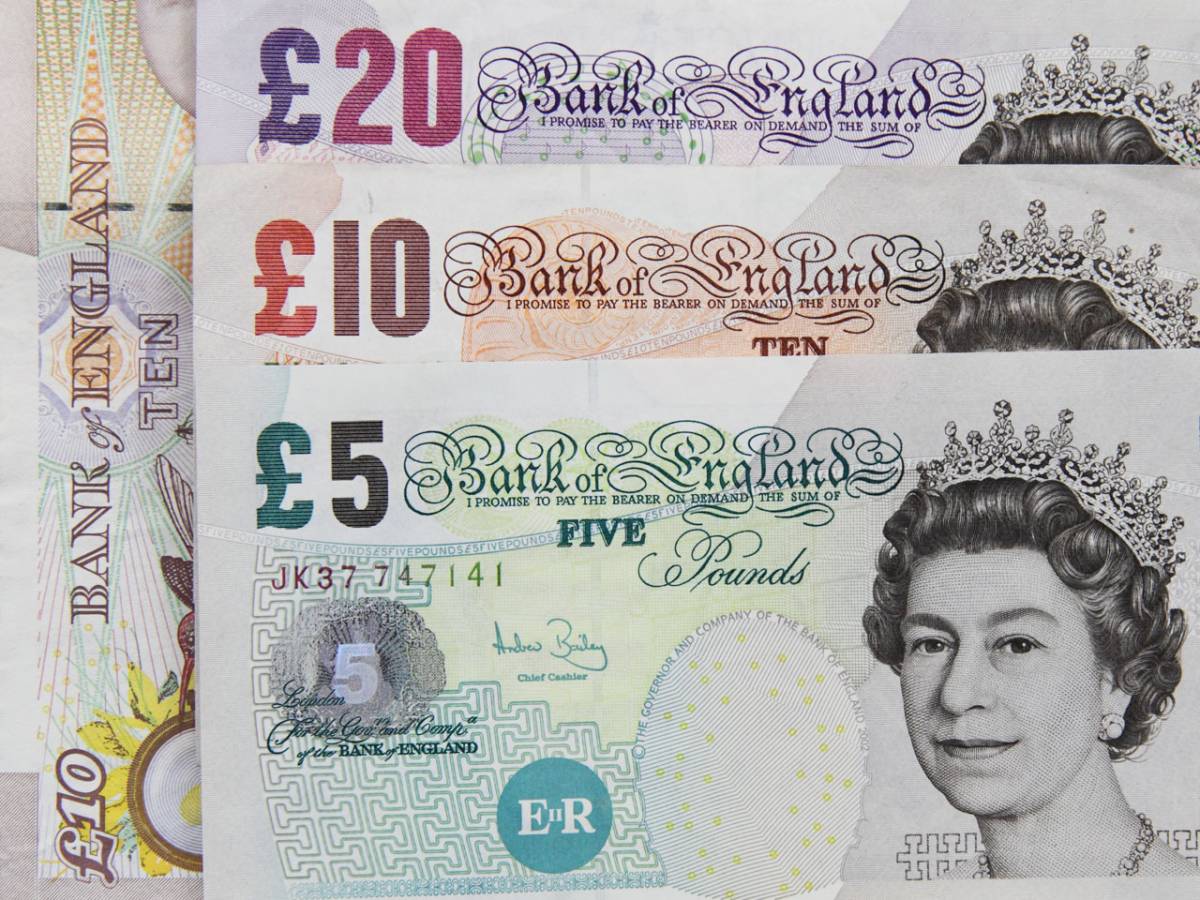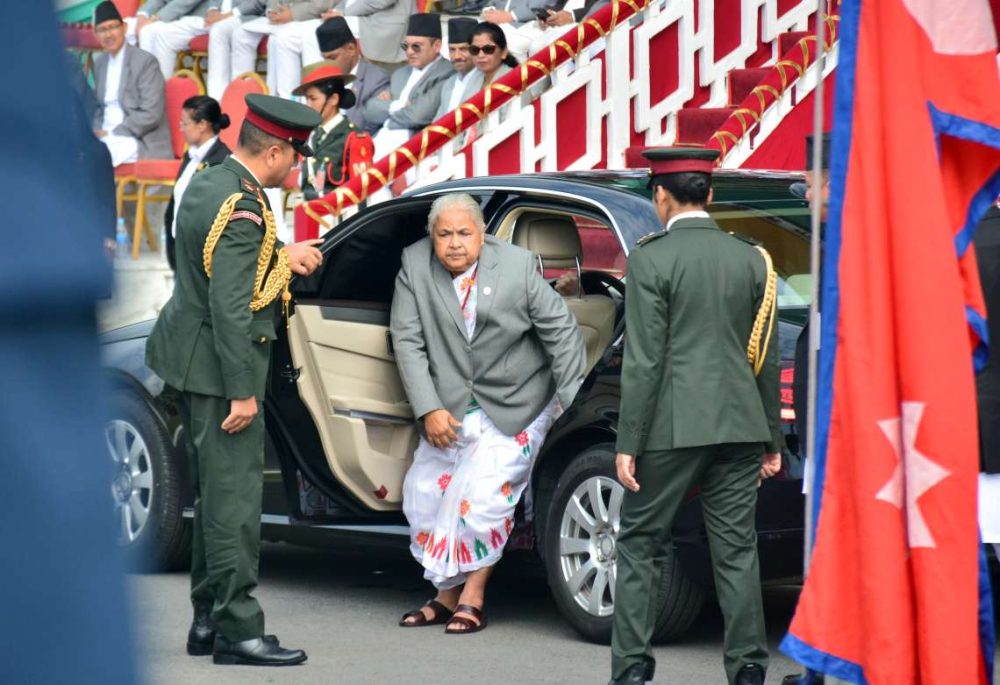Michal Stelmach, an economist at KPMG UK, said Sunak’s attempts to fix the public finances were slowing after he bumped up his support for households last month…reports Asian Lite News
Surging debt interest costs triggered by the leap in inflation forced the British government to borrow more than expected in May at 14 billion pounds ($17.14 billion), according to official data published on Thursday.
Economists polled by Reuters had a median forecast of 12.0 billion pounds for borrowing excluding public sector banks.
Finance minister Rishi Sunak remains under pressure to borrow more after he added 15 billion pounds last month to his support for households hit by the cost-of-living crisis, even as a slowing economy threatens to reduce tax revenues.
He repeated his warning of the hit to the public finances from rising inflation after the data from the Office for National Statistics.
“Rising inflation and increasing debt interest costs pose a challenge for the public finances, as they do for family budgets,” Sunak said.
The government’s interest bill rose by 70% from May last year to 7.6 billion pounds, the biggest ever interest cost for the month of May and the third highest for any month.
Britain’s official budget watchdog has said it expects interest costs in June to reach almost 20 billion pounds due to the accelerating inflation rate.
British inflation-linked government bonds are pegged to the Retail Price Index which hit almost 12% in May.
Borrowing in the April-May period – the first two months of the financial year – was 15% lower than a year earlier at 35.9 billion pounds but was almost 20 billion pounds more than in the April-May period of 2019, before the COVID-19 pandemic hit.
Michal Stelmach, an economist at KPMG UK, said Sunak’s attempts to fix the public finances were slowing after he bumped up his support for households last month.
“Debt reduction this year remains a long shot,” Stelmach said, adding he expected borrowing to overshoot the government’s target by about 20 billion pounds this year on the back of higher spending and weaker economic growth.
Public sector debt would only peak in 2023-24, missing the latest official forecast by two years, Stelmach said.
Thursday’s data showed total public debt, excluding public-sector banks, stood at 2.363 trillion pounds or 95.8% of GDP, up from 95.6% in April.
The Office for National Statistics cut its estimate for borrowing in the 2021/22 financial year, which ended in March, by almost 1.0 billion pounds to 143.7 billion pounds. It also lowered its borrowing estimate for the previous year by almost 8 billion pounds to 309.6 billion pounds.
ALSO READ-Now, teaching unions threaten strikes














